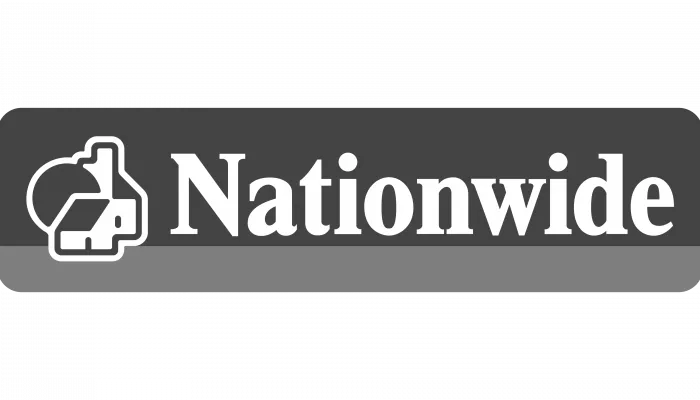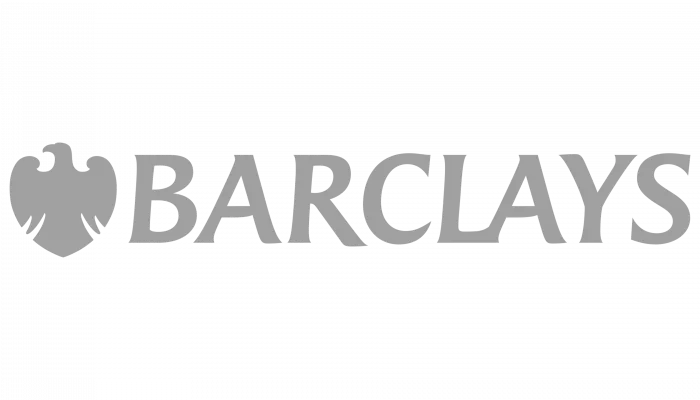It’s no surprise to many homeowners that mortgage repayments in the UK are the most affordable they have been for a decade but now Halifax have brought facts to prove it.
The mortgage lender’s latest price index shows that typical mortgage payments accounted for less than one third of the homeowners’ disposable income in the last quarter of 2017, compared to almost half in 2007 (48%).
This is particularly good news for first-time buyers although anyone with a large mortgage is also benefiting significantly from this historically low lending rate, brought on after the credit crunch in 2007/8.
Of course what goes down will, eventually, go up, and prudent borrowers are encouraged to make plans for future increases either by making over payments (when possible and allowed in their loan agreement) or by saving money for tighter times ahead.
Many are now predicting that the year end will see mortgage rates rising modestly in the UK. Whilst ½% or so might not seem much, it represents a relatively large increase on the Bank of England’s Base Lending Rate and it will have a detrimental effect on those with fixed or capped rate loans coming to an end.
Of course, the story is less simple than this with regional differences telling different stories across the Country. Affordability does not just depend on interest rates. It also depends on net household income and the size of the mortgage amount. The average mortgage in parts of London and the South East, where house prices are likely to be relatively much greater, is likely to be much less affordable than in parts of the North and the Midlands.
If you are considering locking in to a new rate before any increase, now’s the time to speak to our team of mortgage advisers in Maidenhead on 01628 507477.
Related articles:
Recent posts
Best UK Mortgage Rates this Week
Yesterday

Here are the lowest fixed mortgage rates of the week, available to first-time buyers, home movers, buy-to-let, and those remortgaging.
Call us for more information: 01628 507477 or email: team@mortgagerequired.com.
Autumn Budget 2025: A Summary
17 days ago

Chancellor, Rachel Reeves, has delivered the Autumn 2025 budget. We have summarised the government's plans for tax and spending.
Renters' Rights Act
14 Nov 2025

The Renter’s Rights Bill became law at the end of October, which means it has been signed off by the King, and it is now the Renters’ Rights Act. Despite this becoming law, these changes are likely to start changing within the next six months, with the aim of being fully implemented throughout 2026 and into 2027.

A welcome change in school is coming as financial literacy is due to become compulsory in schools in England.
The Government has announced that as part of the new national curriculum, children in primary and secondary education will be required to learn about budgeting, compound interest, managing money, and mortgages.
The top 10 most beautiful villages in the world
24 Oct 2025

Forbes has published a global ranking of stunning locations and one popular picturesque corner of the UK has nabbed top spot.

Over three years after the Mini-Budget took place, we look at what the mortgage market looks like now, showing the difference in mortgage repayments.

The government has announced plans to make buying or selling a home cheaper and quicker with what is being called the “biggest shake-up to the homebuying system in this country’s history.”
More borrowers using equity release
1 Oct 2025

Almost one in five equity release mortgages are now taken out to provide financial support to family.



















